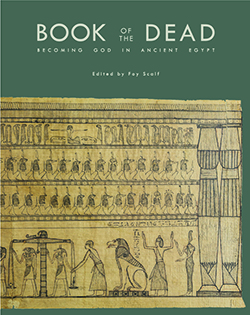[First posted in AWOL 20 November 2012, updated 29 September 2017]
Culture Without Context: Newsletter of the Illicit Antiquities Research Centre
ISSN: 1464-1925
Culture Without Context: Newsletter of the Illicit Antiquities Research Centre
ISSN: 1464-1925
The Illicit Antiquities Research Centre (IARC) was established in 1996 at the McDonald Institute for Archaeological Research at the University of Cambridge, with a mission to research and raise awareness of the trade in illicit antiquities. It was closed in 2007. As part of its mission, the IARC published a bi-annual newsletter, Culture Without Context, which contained news, commentary and original research on all aspects of the trade. The McDonald Institute has kindly allowed us to make available here for download pdfs of the complete run of twenty issues.
See AWOL's full List of Open Access Journals in Ancient Studies











































